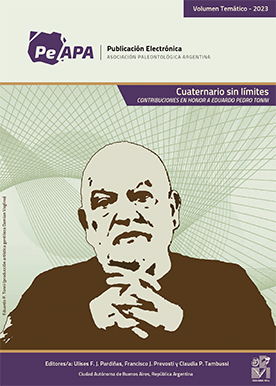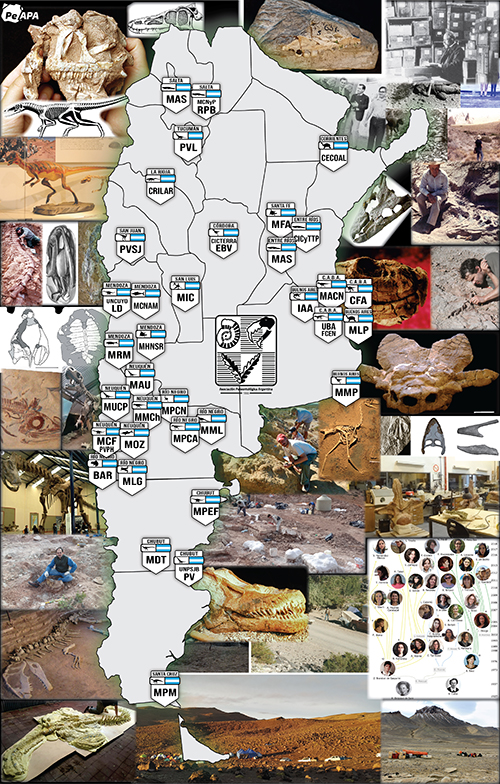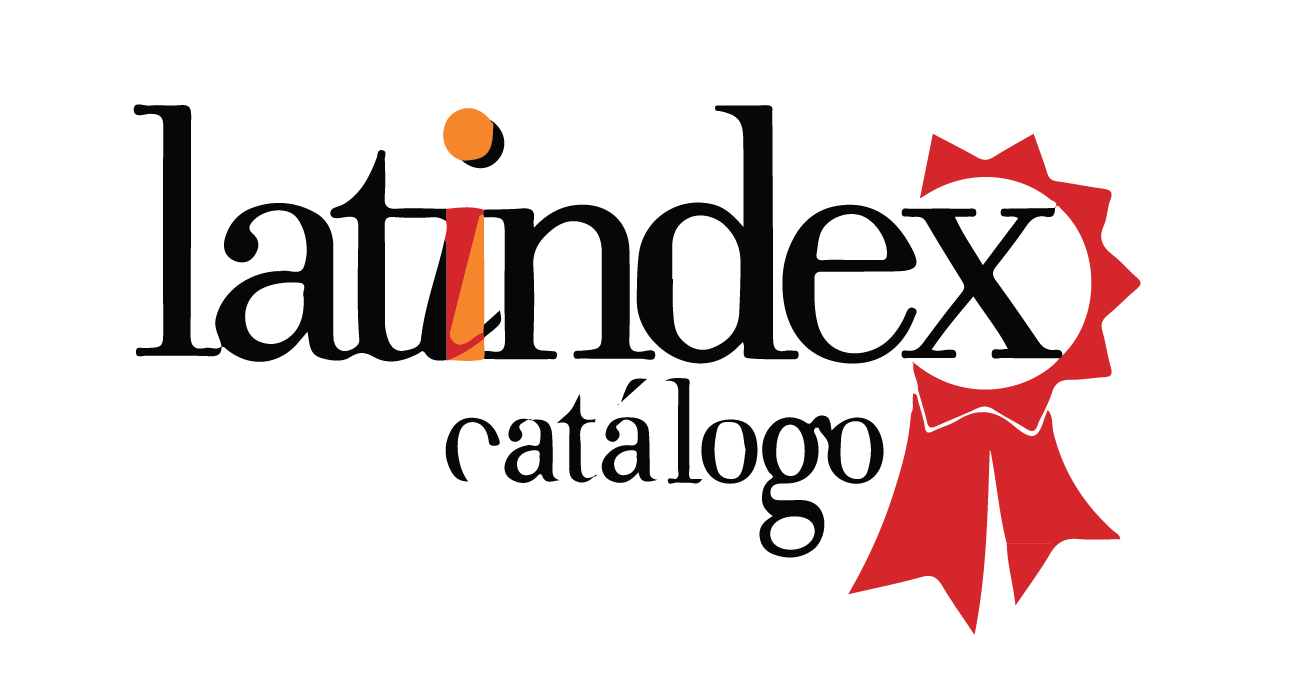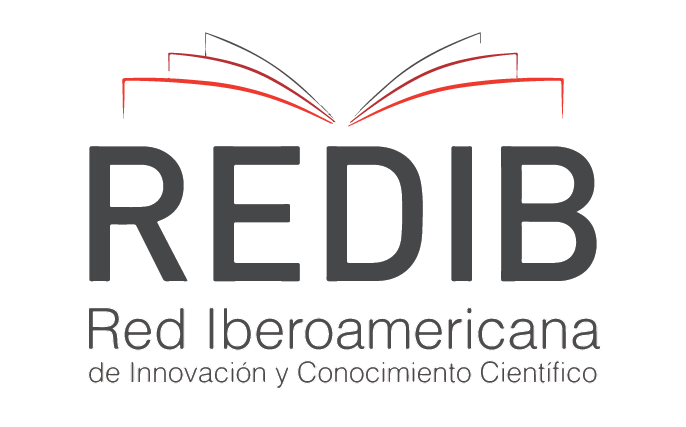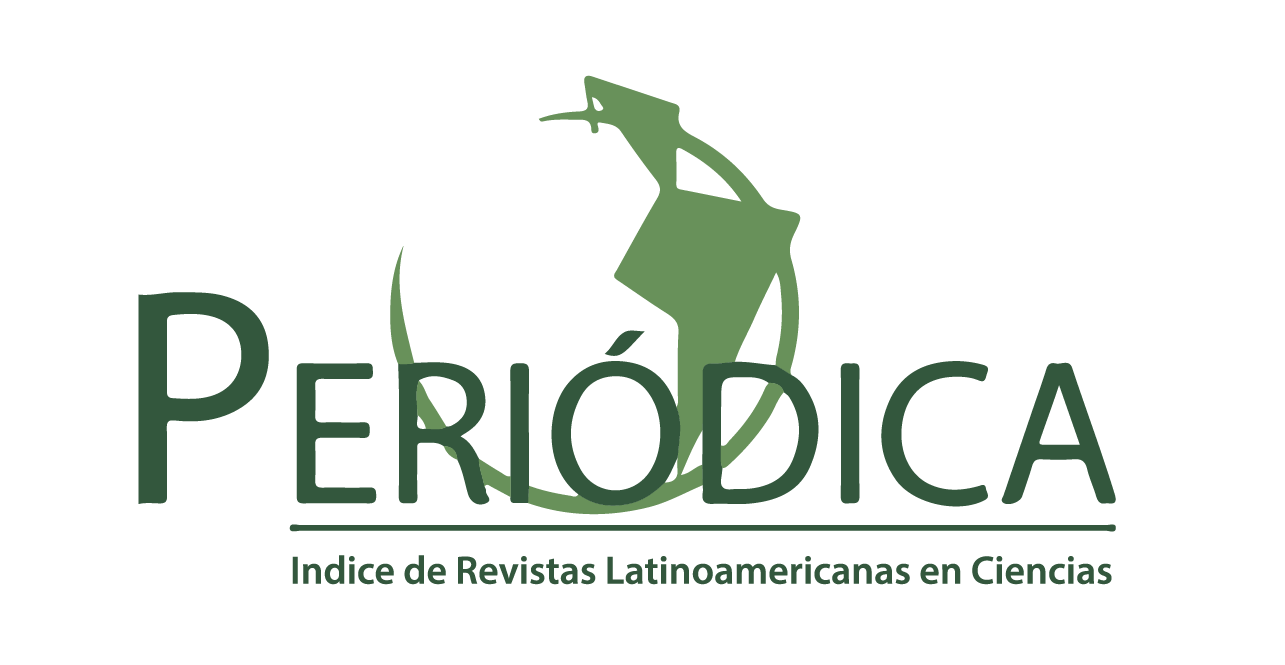DICYNODONT JAW MECHANISMS RECONSIDERED: THE KANNEMEYERIA (ANOMODONTIA THERAPSIDA) MASTICATORY CYCLE
Resumen
The unique feature of the dicynodont masticatory apparatus is the double-convex jaw articulation, which permitted free antero-posterior movement. Since Crompton and Hotton's demonstration of the jaw articulation, most subsequent work has argued either for or against true propaliny of the lower jaw. It has been generally agreed that food was processed by shearing. Grinding or crushing was not viewed as an integral part of the masticatory cycle. Examination of undistorted cranial material of Kannemeyeria Weithofer revealed that there may well be an alternative jaw action to that of the classic antero-posterior one. A functional study of the jaw morphology of this taxon yields evidence to support a specific adaptive specialization of the sliding double condyle, to accommodate a predominantly crushing and grinding action. This action is described and investigated using a model that recognizes a single, fixed pivot point. Traction lines represent muscle forces acting around a bell-crank curve, and can be described using simple motion laws. Such evidence has several implications for the interpretation of the total cranial structure of the animal in functional terms.
KEY WORDS. Dicynodontia. Kannemeyeria. Jaw articulation. Mastication. Triassic.
Descargas
Publicado
Número
Sección
Licencia

Los/las autores/as conservan los derechos de autor/a y garantizan a la revista el derecho de ser la primera publicación del trabajo licenciado bajo una licencia CC Attribution-NonCommercial 4.0 que permite a otros/as compartir el trabajo con el reconocimiento de la autoría y de la publicación inicial en esta revista.







